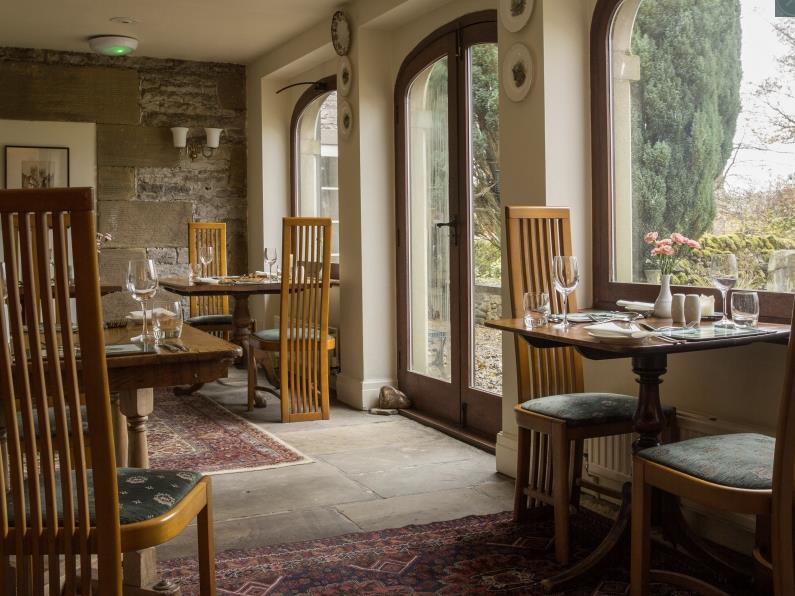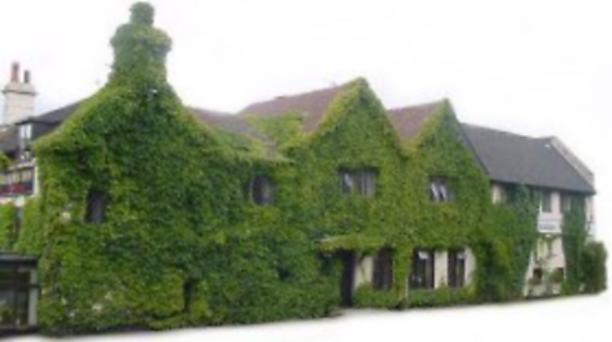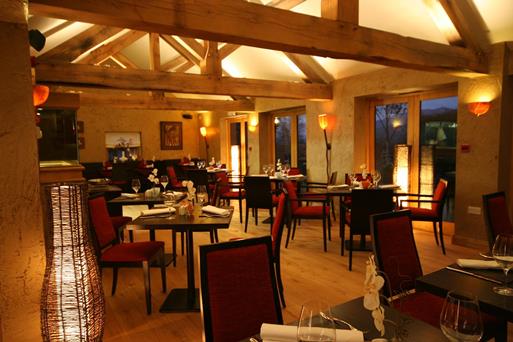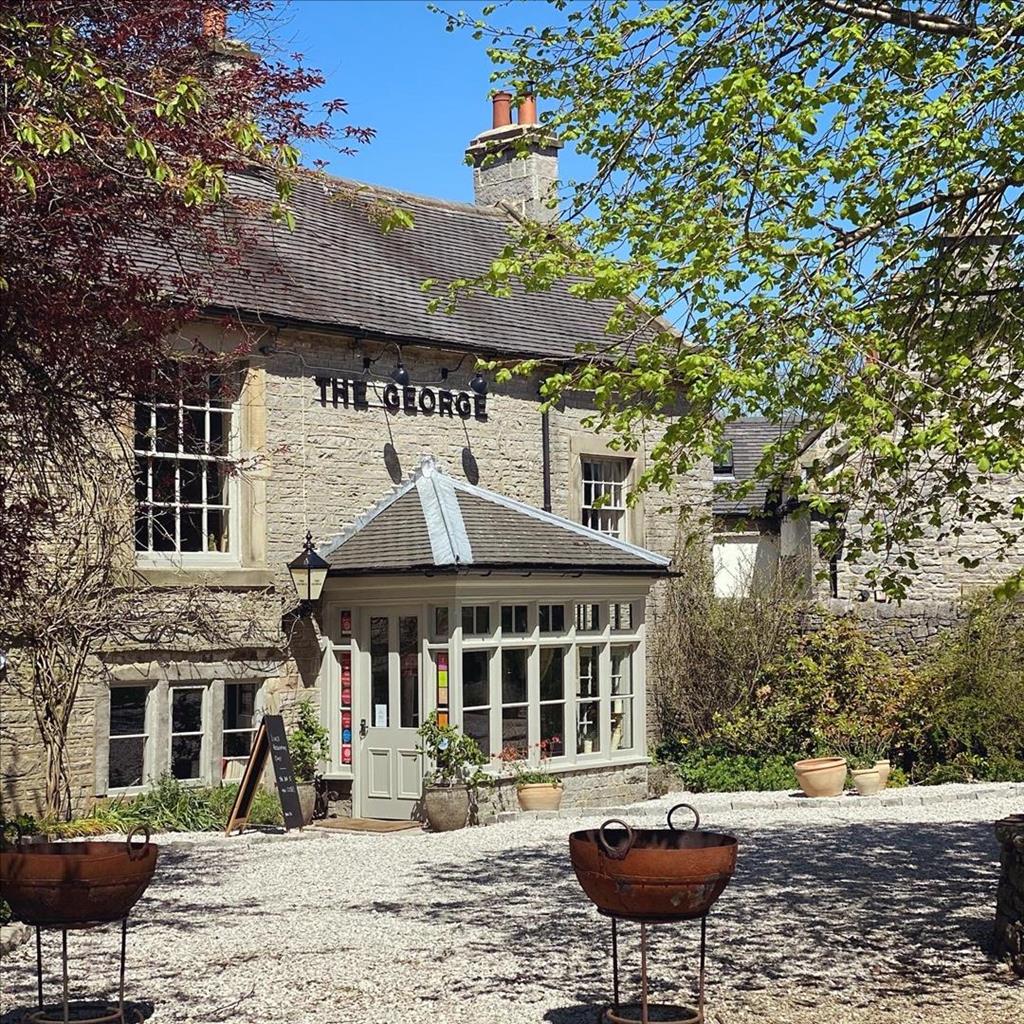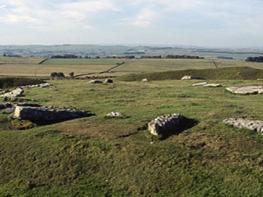The Dove Valley Centre comes with some impressive green credentials. Materials used on the farm…
Around Longnor

Ramble over hills and dales in the footsteps of some of television's favourite doctors.
6 miles (9.7kms)
About the walk
Longnor, a charming Peak village situated on a high ridge between the Dove and Manifold rivers, developed as a meeting place on the ancient trade routes that once crossed these hills from Sheffield, Chesterfield, Nottingham and the Potteries. More recently it became famous as the location of the television drama Peak Practice, which chronicled the everyday lives of a group of country doctors and their patients. First screened in 1993, the series put Peak District scenery on the television map and attracted countless visitors. The earlier episodes took many different parts of the area to establish fictional Cardale – particularly Crich. However, the drama finally established a base in this little Staffordshire village to give the programmes a more permanent, community feel. Real life in Longnor, though, is somewhat quieter than the TV version, which ceased filming in 2002.
Familiar places
There is plenty that will be familiar to viewers of Peak Practice. The fine brick frontage of the fictional Cardale Tearoom is actually a Georgian hotel built to serve the needs of the Crewe and Harpur Estate, and still retains that name. It was used as a meeting place for the local farmers when they came to pay their annual rents at the end of March. The Horseshoe had the honour of being the TV doctors' local, the Black Swan. Dating back to 1609, it was an important staging point for the packhorse and carriage trade that crossed these hills.
Ye Olde Cheshire Cheese, one of two other pubs in the village, had its origins as a cheese store in 1464. It still has a reputation for fine food, but its main attraction is its resident ghost, Mrs Robins, a former tenant. The ancient pubs and cobbled market square are a reminder of Longnor's importance in days gone by as a market town. The turnpike roads with their tolls, and the lack of a railway link, prevented Longnor's development as a major trading centre, but the village retains its Victorian market hall.
Now a craft centre and coffee shop, it still has the old market toll charge board, with a list of long-forgotten tariffs, above the front door. However Longnor's old world ambience and location at the heart of ancient paths ensures that it is still busy with walkers, cyclists and tourists.
Local boy
One of the highlights of a visit to Longnor is the churchyard of St Bartholomew's. Although the church is 18th-century, the churchyard has some ancient graves, including that of the remarkable William Billings, who lived to the ripe old age of 112. Born in a cornfield, he was at the capture of Gibraltar in 1704, saw action at the Battle of Ramillies in 1706 and fought against the Stuarts in the Jacobite Risings of 1715 and 1745.
Walk directions
From the square take the road towards Buxton. Take the first right to turn into Church Street, and then go immediately left, up Lane Head and right up steps to the footpath. Follow the waymarkers, behind some houses, over a stile and along a wall. Cross another stile, go downhill and turn left onto a farm road.
Go straight on and turn right onto the road. Just before the bend towards the bottom of the hill, take the farm road on the left. At the end, continue through a gate onto the footpath, through a gap stile, downhill, across a bridge and continue straight ahead. Eventually go through a gate and turn left onto the road.
Fork left onto a farm road, following the waymarked path. Cross a bridge by a ford and turn left to follow the river bank to the road. Turn right through Hollinsclough, following the road to the right and uphill. Turn right onto a bridleway, go through a gate and downhill.
After 50yds (46m) fork left by two stones and continue along the flank of the hill. Cross a stile and continue until the path meets a stone wall, then veer left and uphill. At the top, turn left at a stone gatepost, and walk through Moorside Farm, through a kissing gate to the road. Turn right then cross a stile to a public footpath on the left.
Follow a line downhill from the fingerpost, aiming for the gate in the field beyond the trees and the brook. In very wet weather this is a quagmire. Cross a stile and the brook and head uphill, through a gap in the wall by a gate at the top and turn left through Willshaw Farm. Fork right for the well-signposted path to Hill Top Farm.
Follow the path over stiles and past the farm to the road. Go straight over for the track signposted 'Heathylee House Farm'. Approaching the farm go right, steeply downhill, over a stile and follow the path along the wall. Just before the stream, cross a stile on the left and head uphill to the left of some trees.
Continue walking uphill, through a gate in a stone wall to a ruined building. Follow the track to the next farm, bear left after the barn, then go left onto a footpath uphill.
Go through a stile and follow the wall uphill to the road. Turn left then right towards Longnor. Just as the road bends left, cross a stile on the right, go downhill and over several stiles and gates to a farm road. Turn right and follow this back to the village and your car.
Additional information
Some on road, otherwise good footpaths; can be muddy; many stiles
Valleys, hills and meadows
Suitable for dogs, but keep on lead near livestock
AA Walker's Map 1 Central Peak District
Longnor village square
Longnor village square
WALKING IN SAFETY
Read our tips to look after yourself and the environment when following this walk.
Find out more
Also in the area
About the area
Discover Staffordshire
It was Staffordshire that bore the brunt of the largest non-nuclear explosion of World War II, when a munitions dump at RAF Fauld went up in 1944. It was also the county’s regiment that once boasted within its ranks the most decorated NCO of World War I, in the person of William Coltman (1891-1974). Going back a little further, George Handel penned his world-famous masterpiece The Messiah on Staffordshire soil. During another chapter of Staffordshire history, the county was home to the first canals and the first factory in Britain, and it had front-row seats for the drama surrounding one of the most notorious murder trials of the 19th century, that of Doctor William Palmer.
In outline, Staffordshire looks not unlike the profile of a man giving Leicestershire a big kiss. The man’s forehead is arguably the best region for hillwalking, as it comprises a significant chunk of the Peak District. This area is characterised by lofty moors, deep dales and tremendous views of both. Further south are the six sprawling towns that make up Stoke-on-Trent, which historically have had such an impact on Staffordshire’s fortunes, not to mention its culture and countryside. This is pottery country, formerly at the forefront of the Industrial Revolution and the driving force behind a network of canals that still criss-cross the county.
Nearby stays
Restaurants and Pubs
Nearby experiences
Recommended things to do
Why choose Rated Trips?
Your trusted guide to rated places across the UK
The best coverage
Discover more than 15,000 professionally rated places to stay, eat and visit from across the UK and Ireland.
Quality assured
Choose a place to stay safe in the knowledge that it has been expertly assessed by trained assessors.
Plan your next trip
Search by location or the type of place you're visiting to find your next ideal holiday experience.
Travel inspiration
Read our articles, city guides and recommended things to do for inspiration. We're here to help you explore the UK.

